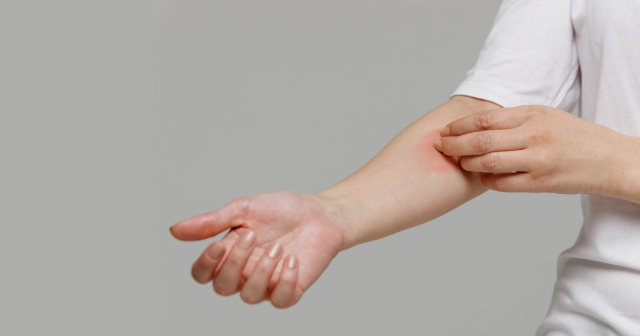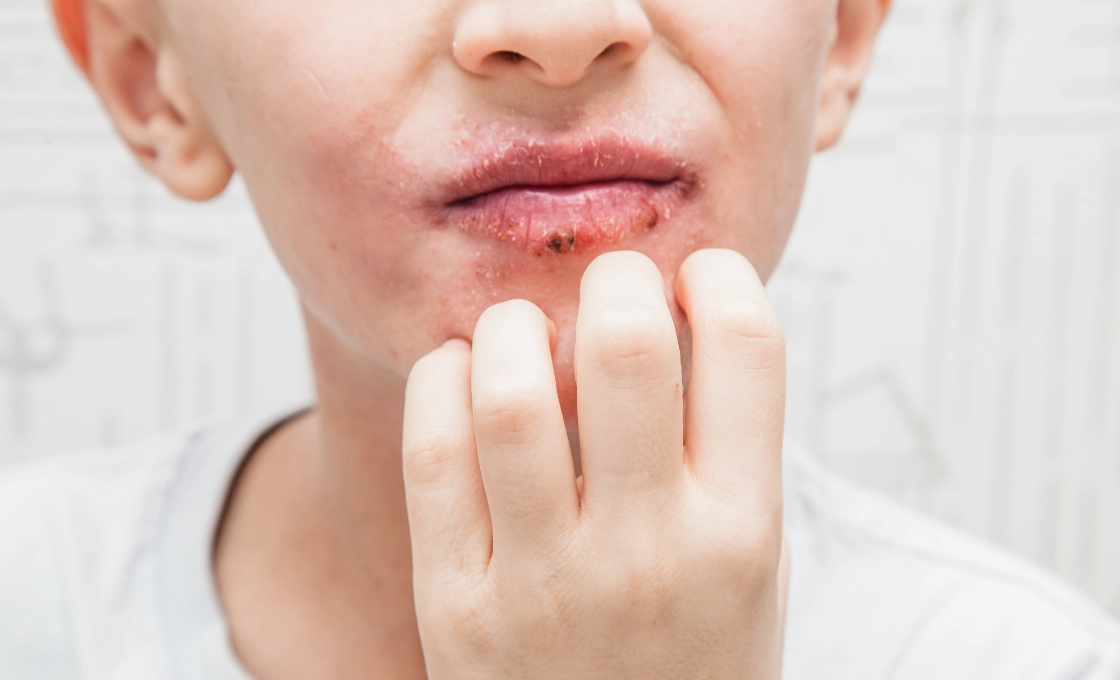

Impetigo
in Monroeville, PA
What is impetigo?
Impetigo is a very contagious skin infection. It commonly affects children between the ages of two and six, although it’s possible for older children and adults to get impetigo.
What causes impetigo?
A bacterial infection causes impetigo. Bacteria enter the skin through a scrape, cut, or insect bite and cause an impetigo infection in the skin’s top layers. The two types of bacteria that cause impetigo are Staphylococcus aureus (staph bacteria) and Streptococcus pyogenes, the bacteria that causes strep throat. These types of bacteria thrive in places that are warm and humid, so you are at a higher risk of developing impetigo if you live in an area with hot, humid conditions during the summer and mild winters.
Since impetigo is highly contagious, it spreads through direct contact with someone who has it. You can get impetigo if you come into contact with the sores or the fluid from the sores of someone who is infected. Impetigo also spreads if you share items with someone who has the infection, such as sports equipment, clothing, towels, or toys. Impetigo spreads quickly in settings where people are in close contact, such as families, schools, childcare facilities, and group sports.
REQUEST NOWWhat are the impetigo symptoms?
Itchy, red, fluid-filled sores are the first signs of an impetigo skin infection. The sores and blisters usually affect the mouth and nose, but they can also appear on other parts of the body, including the arms and legs. The skin surrounding the sores appears red. The sores rupture and leak a clear fluid for several days, forming a yellow or honey-colored crust that develops over the sores.
Are there different kinds of impetigo?
There are three different types of impetigo: nonbullous, bullous, and ecthyma. Nonbullous impetigo is the most common type. Bullous impetigo is much less common and causes larger blisters that appear on the torso, neck, armpits, and groin. Ecthyma is the most serious type and occurs when impetigo remains untreated. It causes painful blisters that turn into deep open sores.

How does a doctor diagnose impetigo?
Doctors diagnose impetigo by examining the sores and surrounding skin. Occasionally, lab tests are needed to provide an accurate diagnosis. If you need additional testing for diagnosing impetigo, your dermatologist will take a skin sample to send to a lab. The lab test identifies which bacteria is causing the impetigo infection, which can help determine the appropriate treatment.
What are the available impetigo treatment options?
Your dermatologist will prescribe antibiotics to treat impetigo. A topical antibiotic that you apply directly to the sores is the most common treatment. If the sores cover a large area of skin or multiple parts of the body, your dermatologist will prescribe an oral antibiotic that is taken by mouth.
What are the possible complications of impetigo?
Impetigo complications are rare, but they’re possible if you don’t receive antibiotic treatment. An infection that develops deep inside the skin is a potential complication. If this occurs, ecthyma can develop, which can cause scars as the skin heals. Other complications of untreated impetigo include a kidney disease called post-streptococcal glomerulonephritis and cellulitis, a potentially life-threatening infection that affects the skin and the soft tissues underneath.
Before applying a topical antibiotic, it’s helpful to soak the affected skin in warm water to gently remove any crusts so the antibiotic absorbs into the skin. To help the affected skin heal and prevent spreading the infection, you should cover the area with a nonstick bandage.
With antibiotic treatment, you are usually no longer contagious after 24-48 hours. Left untreated, impetigo clears within two to four weeks. We recommend treating impetigo as soon as possible to cure the infection and prevent it from spreading to others. Treatment also prevents the development of new blisters and sores on other areas of the body.
How to prevent impetigo
Impetigo is highly contagious, but there are steps you can take to reduce your risk. These include:
- Washing your hands frequently and practicing good personal hygiene
- Taking a shower or bath after exercising, sports practice, or competitions
- Treating cuts, scrapes, insect bites, and any other wounds right away. Wash the affected area with soap and water, apply an antibiotic cream or ointment, and cover the skin with a bandage.
- Avoid sharing clothes, towels, sports equipment, and other personal items
- Frequently wash towels and sheets in hot water
- Avoid wearing dirty clothing, especially workout clothes
If you have impetigo, follow these tips to avoid spreading it to others:
- Wash your hands thoroughly after applying the antibiotic
- Avoid direct contact with others until your sores heal, or you’ve been taking antibiotics for 24 to 48 hours
- Avoid scratching sores
- Keep sores covered with a bandage or gauze
- Use clean washcloths and towels each time you shower or bathe
1 Location in the Monroeville, PA area
Interested in Impetigo? Request a consultation with a skin specialist today.
*Treatment options may vary at each location.Please confirm your desired treatment is offered at your preferred location when scheduling. *Age Restriction.
For patients scheduling who are under 18 years of age (19 in Alabama) please make sure you have permission from your parent or legal guardian to schedule this appointment. Your parent or legal guardian must accompany you on your initial visit and on certain subsequent visits to provide appropriate informed consent.